When I was a kid, my grandmother was always trying to get me to eat a lot of foods you had to chew a lot. “Gives you roughage”, she’d say wisely. “Keeps you regular”.
Well, that was then, this is now.
Our prune-eating grandmothers were onto something, but they had just scratched the tip of the iceberg. Research on fiber is exploding, and its resume of health benefits now extends to weight loss, cancer, diabetes, heart disease, blood sugar management. Fiber is absolutely essential to the care and feeding of a healthy microbiome.
When it comes to weight loss, fiber works like a charm. More than a dozen clinical studies have used dietary fiber supplements for weight loss, most with positive outcomes. (Murray, Encyclopedia of Natural Supplements). Fiber supplements have also been shown to enhance blood sugar control and insulin effects and even to reduce the number of calories (adding up to about 3-18 pounds a year) that the body absorbs (Spiller, 1994).
Remember, the benefits of fiber aren’t limited to weight loss. High blood sugar and high insulin have now been implicated in a baker’s dozen of unwanted degenerative disease, including heart disease. Even Alzheimer’s is now being called “Type 3 Diabetes” because of the connection to insulin resistance, which has consequences not only for your waistline but for your brain as well.
Americans currently get a paltry amount of fiber in their diets, estimated at around 10-11 grams a day. That’s not nearly enough. Current recommendations range from 25-38 grams a day (depending on age and sex) but in my opinion more is better. Our caveman ancestors got much more (between 50 and 100 grams daily, according to most research).
Insoluble fiber is what your grandmother was talking about when she said to eat “roughage”. It doesn’t break down in the gut, so it acts as a “bulking” agent and is really good for reliving constipation.
Soluble fiber does break down in the gut. It’s specifically broken down by good bacteria which do something great with it– they convert it into short-chain-fatty acids (SCFAs), the most important of which is butyric acid (also known as butyrate). The cells that line the gut depend on butyrate for food.
If you’re not getting enough soluble fiber you’re probably not making enough butyric acid, and you may be setting yourself up for gut problems.
Food sources of soluble fiber include beans, oatmeal, Brussels sprouts, apples, nuts, blueberries, oranges and flaxseeds. Food sources of insoluble fiber (known to grandma as “roughage”) include the seeds and skins of fruits (eat the peel!), avocados (especially Florida avocados), wheat bran and brown rice. Food sources of resistant starch—a third kind of fiber that also feeds good bacteria— include white beans, chickpeas, lentils, rolled oats, peas, black beans, red beans, kidney beans, unripe bananas, and potato starch.
I’m a big believer in fiber supplements, simply because just about no one gets the ideal amount from food anymore. Dr. Masley and I worked with Thorne Research—one of the most respected vitamin companies in the world—to create what we feel is the world’s best fiber supplement- Ultimate Fiber. One serving gives you seven grams of fiber, six of which are soluble and will feed the good bacteria in your gut. Ultimate Fiber blends in perfectly with any smoothie recipe, and goes particularly well with our own Smart Fat grass-fed whey protein.

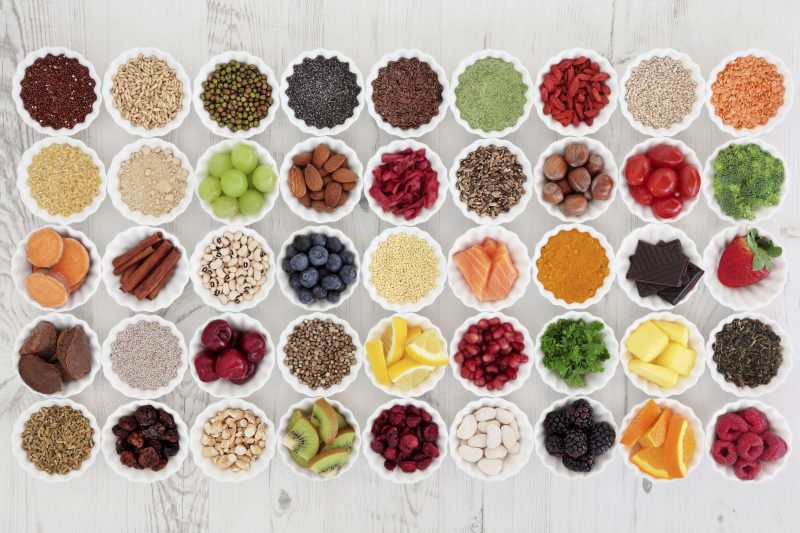



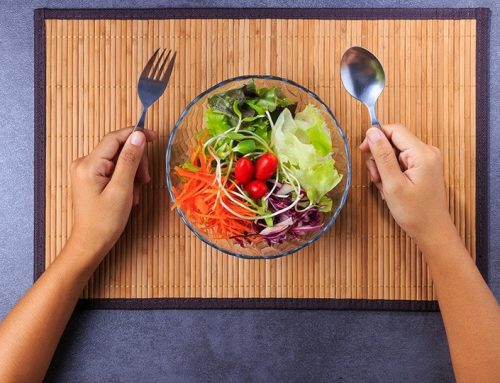
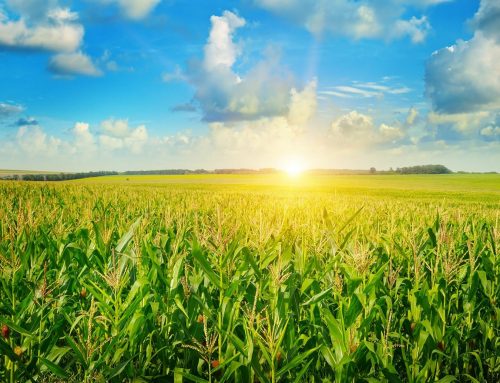
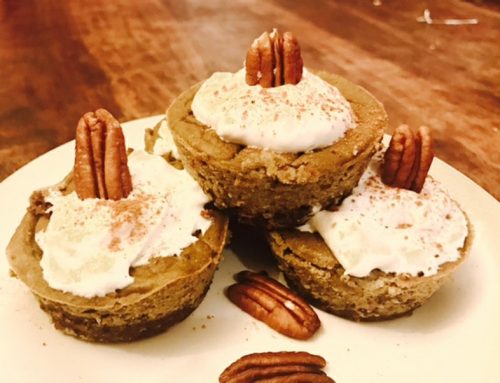

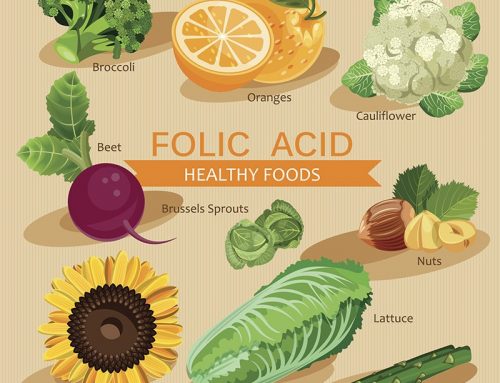
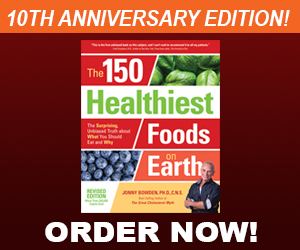
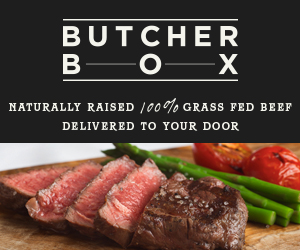
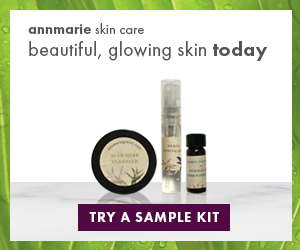

What is a good recommended probiotic
If you follow the paleo way if eating no beans no rice( then there’s the pribkem of arsenic in rice) very little fruit and definitely no oatmeal. See why Americans are overweight unhealthy and confused? Too many differing “experts”.
Dr. Bowden, I am so very happy to see your embrace of beans, lentils, whole grains and plant-based diets !! I am the Mom of a child who turned vegetarian after watching Charlotte’s web as a preschooler-over a decade ago. She not only wanted to save Wilbur, but all the farm animals! I quickly immersed myself with information on how to make vegetarian diets work, and was thankful I had many fellow parents of Asian heritage in my neighborhood who were eating traditional plant-based diets, and their examples helped me tremendously; in fact she was the norm with nearly half her kindergarten class being vegetarian, in our SiliconValley town. At age 10, she became the 4th generation having lactose intolerance on her paternal side, and immersed myself again how to make plant-based diets with no dairy and no meat work. The changes were not hard. The hardest parts was social acceptance. We had since moved from preschool days to Midwest. The rising popular idea that whole grains and beans were terrible anti-nutrients, did not make it any easier for people to warm to the idea, that being a no-dairy vegetarian or veganish was healthy and ok. So, I appreciate your influence in championing the incredible health benefits of beans and plant-based diets!! The change in acceptance of plant-based diet in the last few years is very noticeable, and best-selling authors like you, make a huge difference. I’ve found eating the 5 main plant groups (legumes, grains, fruits, veggies and omega-3 rich seeds and nuts) heavy on the calcium rich greens (kale, bok choy, collards) with a B-12 supplement, a D and calcium (little preformed A) fortified plant milk make this plant-based diet work. My husband and I still like to eat a little sardine and herring, but otherwise all plants, and we are in the best health we have ever been. The 60+ grams of daily fiber in our diets is a big part of its success. We tried an algal supplement for daughter, but caused too easy bruising, so have maintained her daily flax, chia and sometimes hemp seed or hemp milk routine, but may consider trying a lower dose algal with the emerging evidence of positives of algal DHA supplementation for vegans.
Thank you!!!